Hair Transplant in Turkey
Best Hair Treatment in Istanbul
Searching for hair transplant in Turkey and dilemma in choosing hospital or clinic near Istanbul. Lifeline can be one of the option for your hair treatment service at reasonable price. Hair Transplant in Turkey has became one of the leading Medical Tourism Attraction in the world for its cost effective treatment and expert surgeons near Istanbul.
We follow advanced rated surgical procedure which involves transfer of hair follicles from a donor area of the scalp. It consists in transplanting them to a thinning or balding head area. The most common technique used for hair transplantation is FUT or FUE. The process restores hair growth and a youthful appearance. It is a safe and effective way to restore hair growth. Hair Transplantation is part of Cosmetic surgery, or aesthetic surgery which should only be done from experts Dermatologists and Plastic Surgeons in Turkey.
Hair transplantation in Turkey has become increasingly popular in recent years due to its affordability and high success rate. Many people from France, UK, Belgium, Switzerland, USA, Canada, Africa and Middle East are now traveling to Turkey for hair transplant procedures, as it offers the finest quality treatment at a fraction of the cost of more traditional methods, with experienced surgeons and a wide range.
Get Medical Visa for Turkey in few easy clicks.
Hair Transplant Clinic in Istanbul Turkey
Book Now
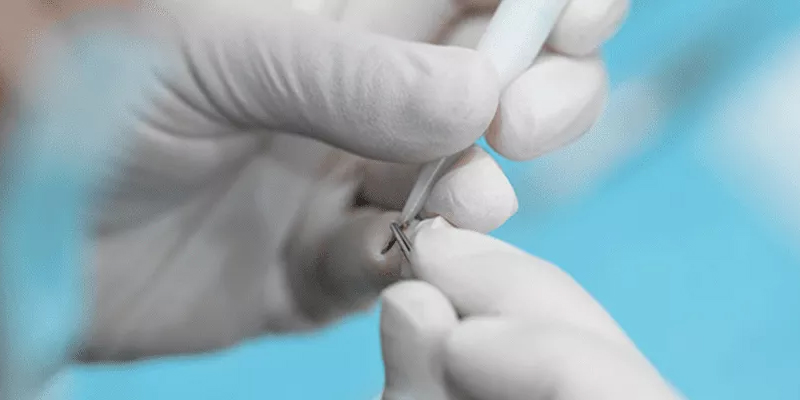
What is Hair Transplant?
Hair transplant is the surgical restoration of lost hair. In other words, it is a surgical procedure involving moving hair follicles from one part of the body (usually the back or sides of the head) to another where hair growth has either stopped or has become thin. The most common technique used for hair transplantation is called follicular unit transplantation (FUT) or follicular unit extraction (FUE).
Types of Hair Transplant Treatment in Istanbul
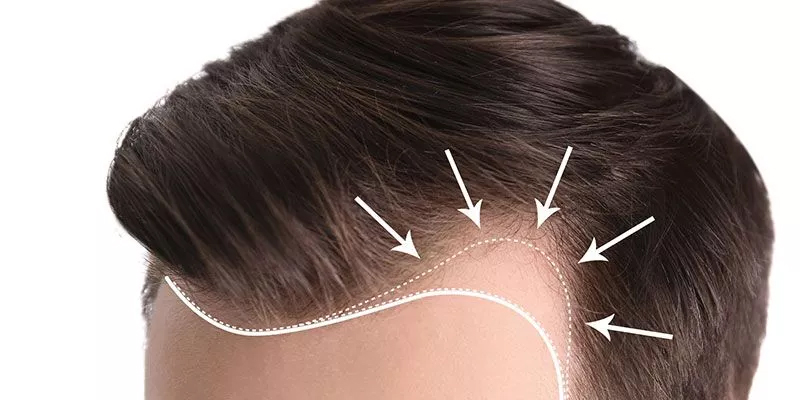
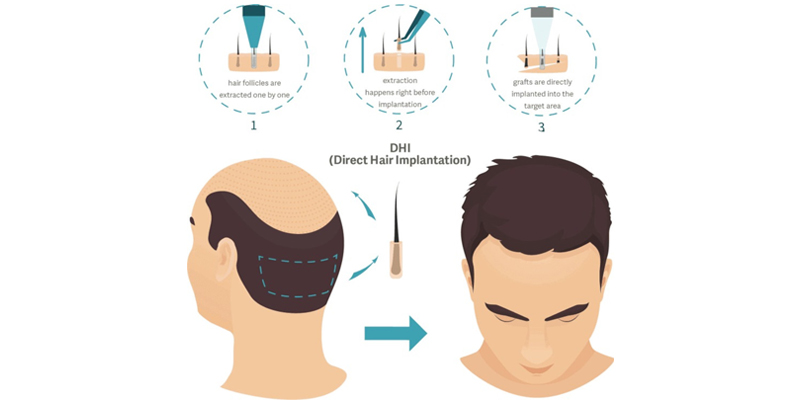
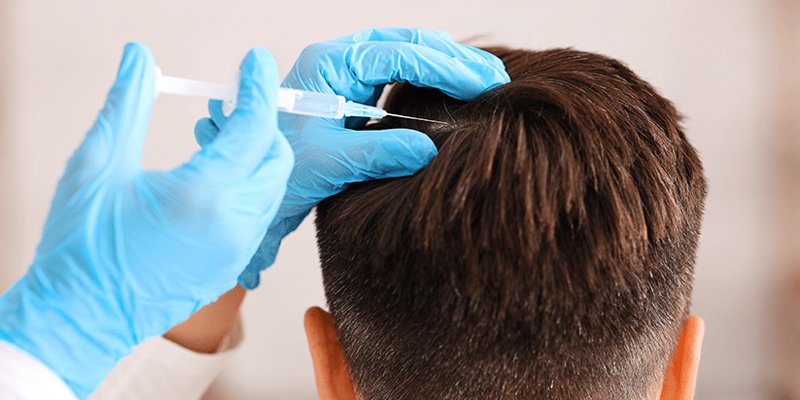
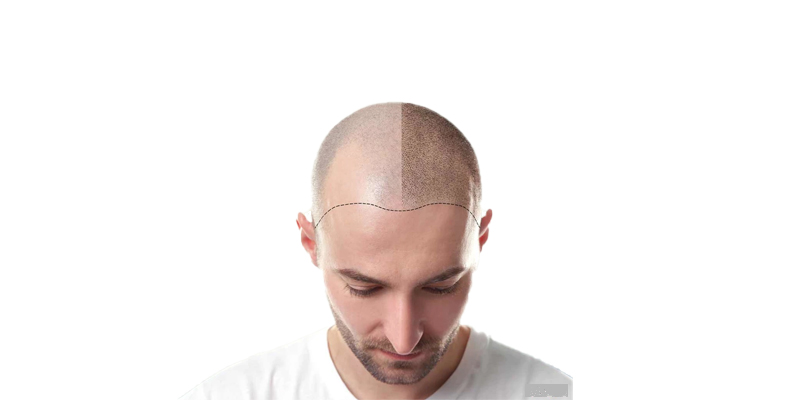
Benefits Of Hair Transplant in Turkey
Here are some potential benefits of a hair transplant in Istanbul:
1. Permanent solution: A hair transplant is a permanent solution to hair loss because the transplanted hair follicles don’t usually go bald and can keep growing hair for the rest of your life.
2. Natural-looking results: Modern hair transplant techniques, such as follicular unit transplantation (FUT) and follicular unit extraction (FUE), can produce natural-looking results virtually indistinguishable from your original hair.
3. Improved self-confidence: Hair loss can significantly impact self-esteem and confidence. Hair transplant surgery can restore a youthful appearance and help individuals feel more confident.
4. Low maintenance: Transplanted hair requires minimal maintenance and can be washed, cut, and styled like natural hair.
5. Cost-effective: Hair transplant surgery can be expensive at first, but it is cheaper than other ways to treat hair loss in the long run because it replaces hair systems or medications.
Hair Transplant Procedure Steps
What are the steps of hair transplant procedure? Turkey is emerging best place for hair treatment and below are step by step hair transplant clinical procedure:
- Analysis of the Patient: Prior to making any decisions, our experts will look at pertinent test results, recipient and donor areas, and the reason of hair loss in order to assess the likelihood of a successful hair transplant. If everything looks well, the surgeon will choose the best approach and create a look that takes into account the natural hair lines.
- Shaving the Donor Area: Depending on the technique selected, the surgeon shaves the entire scalp (FUE) or the donor area (DHI) in order to retrieve the follicles. For a graft, the harvested hair follicles must be in great condition. For the hair to survive and regrow following transplantation, the biologic structure that makes a follicle needs to be in perfect health.
- Anesthesia: Local anesthetics are used in order to make both the extraction and grafting processes pain free for the patient. The area gets sedated with injections, and the patient remains conscious during the whole procedure.
- Extraction of the Follicles: To extracts the hair follicles, hair transplant surgeon uses a micromotor tool less than 2 mm in diameter to remove the hair follicles one by one. Each hair follicle has 1 to 4 hairs, and the more hairs, the denser the hair. Microneedles penetrate the skin around the hair follicle within 1 to 2 millimeters. When the follicle is ready, it is removed using special forceps. The removed follicles are placed in a special solution until they are implanted.
- Selection of Follicular Units: Once the harvest is complete, bandage the donor area. Patients recover from anesthesia and are able to rest and eat during recovery. The surgeon examines the removed follicles and isolates viable follicles. Hair follicles can also be grouped according to number of hairs per follicle, thickness, follicle size, etc., so the displacement is balanced and the final result looks natural.
- Implantation of the Hair: Once the follicle is selected, the surgeon begins the implantation process. Channels are opened using the FUE technique and harvested grafts are manually inserted into these channels. With DHI, the graft is placed in a special tool called a Choi Pen and inserted into the scalp.
- Post-Operation: It is very important to take good care of the area after a hair transplant to ensure a successful result. Patients should protect the follicles by avoiding physical contact and trauma for the first few days. The doctor will wash the scalp with a special product 1-3 days after the operation. During the first month, patients are prohibited from swimming, visiting spas, and being exposed to excessive sunlight. Patients will receive detailed aftercare instructions from their doctor during the first cleaning.
First 2 weeks: The area appears redder and there might be some inflammation and itching. Scabs will start falling naturally around the 7th day.
2 months: During this period some follicles are expected to fall out from the scalp. It is completely normal and new hair will grow back from the same follicles.
3 Months: New hair starts to grow
6 Months: The transplanted hair gets stronger as it grows
1 Year: Transplanted hair blends in with the patients natural hair in a way it is not possible to tell which part is transplanted and which part is not.
Who Are Ideal Candidate For Hair Transplant ?
1. Enough donor hair: During hair transplant surgery, healthy hair follicles are moved from one part of the scalp to another. They need enough healthy hair follicles in the donor area to achieve the desired results.
2. Regular hair loss: People with common hair loss patterns should get a hair transplant. When hair loss is happening, transplanting hair to the area can be a bad idea because the transplanted hair can fall out along with the other strand.
3. Good overall health: Hair transplant surgery is a surgical procedure that requires local anesthesia. Therefore, individuals should be in good general health and not have any underlying medical conditions that could increase the risk of complications.
4. Realistic expectations: Hair transplant surgery can make hair look a lot better, but it’s essential to have realistic goals for the results. Individuals should understand that the outcome of the surgery can vary depending on individual factors and may not achieve the exact effects that they desire.
5. Psychological stability: Hair loss can impact an individual’s self-esteem and confidence. However, individuals considering hair transplant surgery should have a stable emotional state and not have unrealistic expectations about the procedure’s ability to address underlying psychological issues.
Things To Consider Before Hair Transplant in Turkey
What Is The Lifespan Of A Hair Transplant?
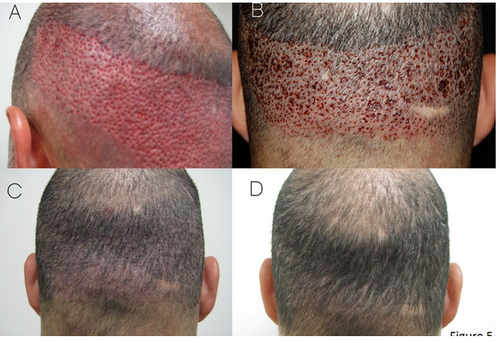
What are in Hair Transplant Turkey Package
Medical Tourism hair transplant packages in Turkey typically include a range of services to ensure a smooth and successful procedure. You can apply in few easy steps for hair transplant medical visa in turkey. While the exact benefits may vary depending on the clinic and package chosen, here are some standard inclusions:
1. Initial Consultation: This involves thoroughly assessing your hair loss condition, examining donor and recipient areas, and discussing your expectations and goals.
2. Medical Examination: A comprehensive medical examination evaluates your overall health and determines your suitability for the procedure.
3. Hair Transplant Procedure: The package includes the actual hair transplant surgery, where hair follicles are extracted from the donor area (usually the back or sides of the head) and transplanted into the recipient area (balding or thinning areas).
4. Experienced Surgeon and Medical Team: An experienced hair transplant surgeon and skilled medical team perform the procedure.
5. Anesthesia: Local anesthesia is administered during surgery to ensure painlessness.
6. Medications: Post-operative medications such as painkillers, antibiotics, and anti-inflammatory drugs may be included in the package to manage discomfort and reduce infection risk.
7. Pre- and Post-Operative Instructions: You will be provided with detailed instructions on preparing for the procedure and taking care of your scalp and transplanted hair in the days and weeks following surgery.
8. Follow-up Appointments: The package often includes follow-up appointments with the surgeon or medical team to monitor the healing process, remove sutures if necessary, and address any concerns or questions you may have.
9. Accommodation: Many clinics offer accommodation arrangements as part of the package, typically in a hotel or a designated recovery facility.
10. Transportation: Some packages include transportation services, such as airport transfers and transportation between the clinic and your accommodation.
What is Cost Of Hair Transplant In Turkey
Success Rates and Risks Of Hair Transplant
With advanced technologies in grafting, and transplantation procedures, hair transplant has been preferred and performed. Clinical studies have shown that nearly 70 to 80% of the transplanted grafts grow in the transplanted regions, indicating a high success rate. However, one may be skeptical about the risks involved in a hair restoration process like bleeding, an infection, or swelling at the recipient or donor sites, you will need to seek immediate medical help.
Expectation and Recovery After Hair Transplant
Most of the candidates, after a hair transplant in turkey, can resume work within 3 to 6 days post-operation. The transplanted hair may fall off within 2-3 weeks after surgery. However, one can notice new hair regrowth in the transplant sites after 6 to 9 months after a hair transplant surgery. Hair transplant gives permanent and long-term solutions for your hair loss or hair miniaturization problems. Hair transplant also brings in a positive transformation with improved self esteem and confidence.
Turkey Best Hair Transplant Clinic
Frequently Asked Questions
Hair transplant surgery is normally safe when performed on a healthy scalp by qualified, experienced plastic surgeon. Hair transplant procedures are designed to provide permanent hair bearing areas where the hair cycle of shedding and regrowth can occur naturally with minimum possibility of hair loss.
A highly experienced, expert hair transplant surgeon and the team takes care of these aspects while performing a hair transplant surgery. However, one cannot rule out that an individual’s healing abilities and associated conditions influence the outcome.
